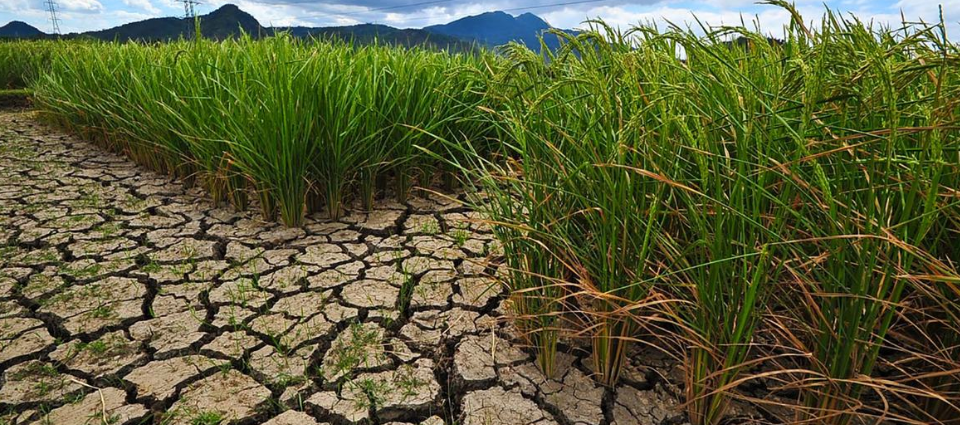A warming Asia (GS Paper 3, Environment)

Introduction
- The World Meteorological Organisation’s State of the Climate Asia report came recently. The number of people impacted by “disaster” events in Asia in 2023 was lower than that in 2022.
Report Outcome
- Asia faced the most disasters in the world as 79 events associated with extreme weather, climate, and water-related hazards in 2023 affected over nine million people in the region, directly killing over 2,000 people.
- The findings for India are particularly sobering.
- Heatwaves, floods and landslides took a heavy toll on life in the country.
- The warnings issued by scientific studies for more than a decade and a half ring true — people living in coastal areas, mountainous regions, even the plains are all vulnerable to climate vagaries.
Warnings to Asian nations
- Like most climate literature, the report drives home the need to keep temperature rise to levels that help avert catastrophes.
- But it’s also a warning to be prepared for receding glaciers, rising sea-levels and droughts.
- Most Asian countries do come together in global forums such as the UNFCCC, but time has come to develop mechanisms of cooperation that will enable people — and cities and towns — to be resilient against climate change.
- Natural phenomenon rarely respects national boundaries.
- And, large parts of Asia, especially South Asia, have ecological continuities that make the case for joint work on building defenses compelling.
- The Climate Asia report too should hasten such collaboration.
- “Precipitation was below normal in the Himalayas and in the Hindu Kush mountain ranges in Pakistan and Afghanistan in 2023, while southwest China suffered from a drought, with below-normal precipitation levels in nearly every month of the year,” it points out.
Asia’s stride in Renewable Energy Adoption is getting derailed due to climate change
- Asia has energy security-related demands.
- India and China have made remarkable strides in renewable power, but the two countries have concerns.
- In 2023, drought constricted China’s energy options and a dry spell in the monsoon season forced India to step up the use of coal after reduced hydroelectricity output threatened power outages.
- Historical conflict has made energy diplomacy a high-hanging fruit for the two countries.
- The Subcontinent, too, is not close to a collaboration mechanism akin to the ASEAN.
- As the climate crisis deepens, countries in the region will need to iron out such complications.
Adaptation
- Early Warning Systems: Investing in weather monitoring, early warning systems, and communication infrastructure is crucial. This allows for timely evacuation and response to extreme weather events.
- Climate-resilient infrastructure: Building seawalls, levees, and raising infrastructure in flood-prone areas can protect communities. Incorporating heat-resistant materials and sustainable building practices can also be beneficial.
- Nature-based solutions: Protecting and restoring mangroves, coral reefs, and forests plays a vital role. These ecosystems act as natural barriers against floods and storms, while also storing carbon.
- Disaster preparedness: Educating communities about disaster risks, evacuation procedures, and stockpiling essentials can save lives. Regular drills and exercises are important.
Mitigation
- Renewable energy: Transitioning from fossil fuels to solar, wind, geothermal, and hydropower can significantly reduce greenhouse gas emissions.
- Energy efficiency: Investing in energy-efficient appliances, buildings, and industrial processes can significantly reduce energy consumption.
- Sustainable agriculture: Practices like crop rotation, cover crops, and reducing water usage can improve soil health and reduce emissions from agriculture.
- Sustainable forestry: Sustainable logging practices, planting trees, and reducing deforestation can help to store carbon and mitigate climate change.
Collaboration
- Sharing knowledge and best practices between countries in the region is essential.
- International cooperation is crucial to secure funding and technological advancements for climate action.
Conclusion
- The World Meteorological Organisation’s State of the Climate Asia report shows nature doesn't respect boundaries, which makes a case for cooperation.


